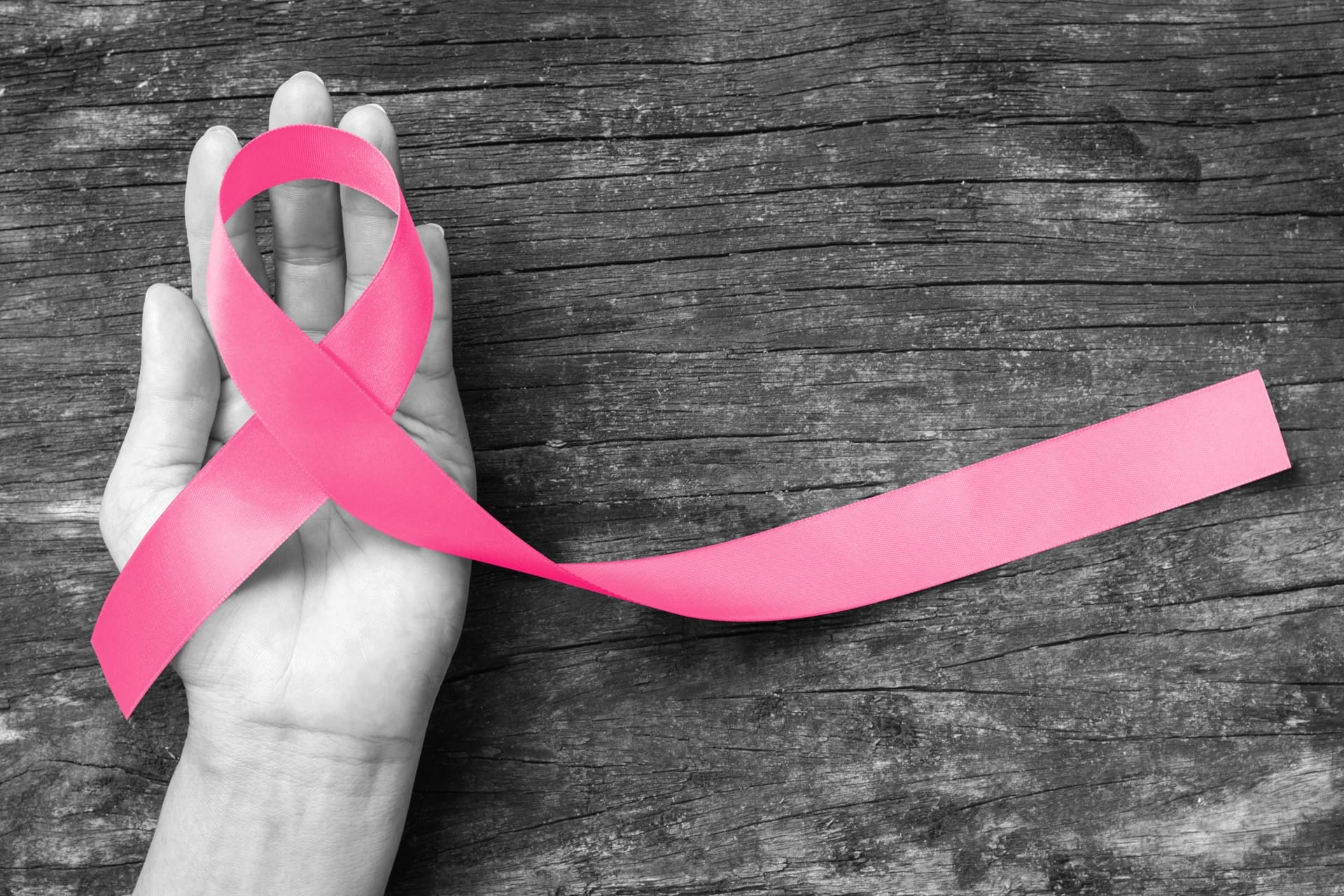It’s estimated that breast cancer will be the most commonly diagnosed cancer among Australians in 2017. In fact, the risk of being diagnosed with breast cancer by the age of 85 is estimated to be 1 in 14 (1 in 8 for women and 1 in 715 for men).
The main risk factors for breast cancer – age, being female, having a family history and faulty genes, are things we can’t change. Your age at menarche and menopause, having children and your age at your first pregnancy also impact your risk as they affect your lifetime exposure to oestrogen. But independent of all of these factors, there are a number of lifestyle changes you can make to reduce your risk.
The lifestyle habits that matter include:
- Maintaining a healthy body weight. Carrying extra weight increases breast cancer risk so preventing weight gain and losing weight if you are overweight can help to lower your risk.
- Exercising regularly. Regular physical activity, including higher intensity exercise, has been found to reduce the risk of developing breast cancer.
- Avoiding or limiting alcohol. Research has found that drinking alcohol increases the risk of breast cancer, even at low levels of intake (1 or less standard drinks per day) and this risk increases alongside increasing intakes. Drinking alcohol may also increase the risk of breast cancer recurrence.
- Eating a healthy diet. Cancer Australia recommends eating more vegetables, fruits, unprocessed grains and legumes, and limiting your intake of red meat, processed meat and salt to lower your risk of cancer.
- Not smoking. Not smoking yourself and reducing exposure to second-hand smoke can reduce your cancer risk.
It’s also important to become familiar with the normal look and feel of your breasts and to be aware of any changes. While most breast changes won’t be cancer, if you notice anything unusual it’s important to see you doctor without delay.
Things to look out for include:
- A new lump in your breast, particularly if it’s in one breast
- A change in the size or shape of your breast
- A change in the nipple or discharge from the nipple other than breastmilk
- A change in the skin of the breast, including redness or dimpling
- Persistent pain in any part of your breast
For more information:
- Calculate your risk of breast cancer on the Cancer Australia Website
- Breast Cancer Network Australia
- Information on breast cancer from Cancer Australia


